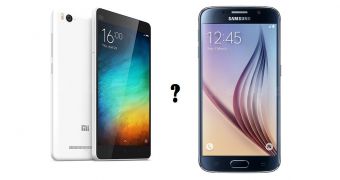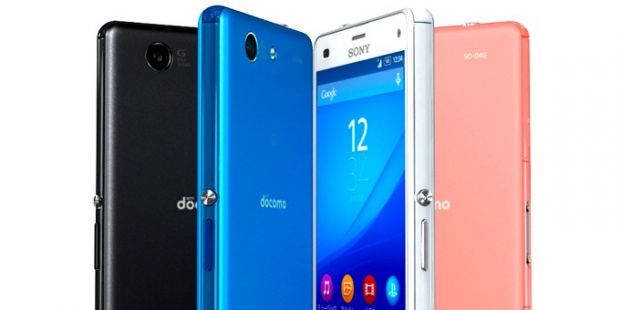Not so long ago, you could have noticed a huge difference between the shiny flagship devices phone makers would roll out with bells and whistles and the more “affordable” models which catered to the vast majority.
Companies like HTC, Samsung, LG, or Sony would roll out one or two premium models with high prices per year, while flooding the market with countless cheaper, lower-specced models in the meanwhile. But as time has passed, we’ve seen that powerful yet affordable devices have started to become the standard of the mobile industry.
Yes, flagship models are still the first to come equipped with novel technology, but if you are willing to wait out a little, you’ll find the same tech on affordable models. What’s more, budget device makers always identify workarounds to keeping their costs as low as possible.
Back in the day, the difference in price tag signified you also had to expect huge tradeoffs in the processor, storage and camera departments. But that’s not the case anymore.
Are mid-rangers the new flagships?
At some point, we got into a rant about how middle-range devices are getting better especially in the camera department, and that’s the pure truth. Take the Sony Xperia A4 smartphone, for example, which arrives with a 4.6-inch HD display with 1280 x 720 pixel resolution and a quad-core Snapdragon 801 processor clocked at 2.5GHz under the hood, fitted with 2GB of RAM and 16GB of internal storage on board.
But the phone’s most glorious aspect is the huge 20.7MP main snapper, accompanied by a 2.2MP frontal shooter. Some flagship devices, like the LG G4 which “only” has a 16MP one, don’t have such a massive camera sensor on board, but this Sony mid-ranger does.
Surely, the Snapdragon 801 is a chipset that fueled last year’s flagships, but given that the pesky, overheating Snapdragon 810 is keeping everyone on their toes, we’d be inclined to say thay you're better off with a phone running on the Snapdragon 801 instead.
And the above example only applies to the big players in the mobile industry. But recently, a host of new arrivals on the market, especially coming out of China like Xiaomi, OnePlus and Huawei, are challenging the way we view mid-rangers.
Chinese OEMs are driving change
To be more specific, Xiaomi just unveiled the Mi4c in China, which is a very worthy mid-range product selling for about $250 / €223.
The phone made a debut with a 5-inch screen with 1920 x 1080 pixel resolution that draws life from a Snapdragon 808 processor. There are several flagship models currently on the market being powered by the hexa-core chipset, including the LG G4 and the soon-to-be-released Nexus 5X.
Xiaomi is giving users the choice of opting between 2GB or 3GB of RAM and 16GB or 32GB of internal storage. Moving along, the Mi4c features a 13MP main camera with Phase Detection Autofocus onboard plus a 5MP selfie-shooter.
We could go on and give you countless examples of this kind, but as you can see, the gap between flagships and mid-rangers is getting smaller by the day.
Other device makers like Motorola have resorted to a different strategy: they have been cutting the price of their very well-specced flagships, thus blurring the line between the two even more. Just look at the recent Moto X Pure / Style.
The phone arrives with a 5.7-inch screen with 1440 x 2560 pixel resolution and bundles a Snapdragon 808 processor under the hood in combination with 3GB of RAM and 16, 32 or 64GB of internal storage. In the photography department, we find a 21MP main snapper and a 5MP selfie camera. And all this starting at $399 / €356.
So as you can see, now it’s a great moment to forget about flagships and start orienting yourself towards worthy mid-rangers.

 14 DAY TRIAL //
14 DAY TRIAL // 


